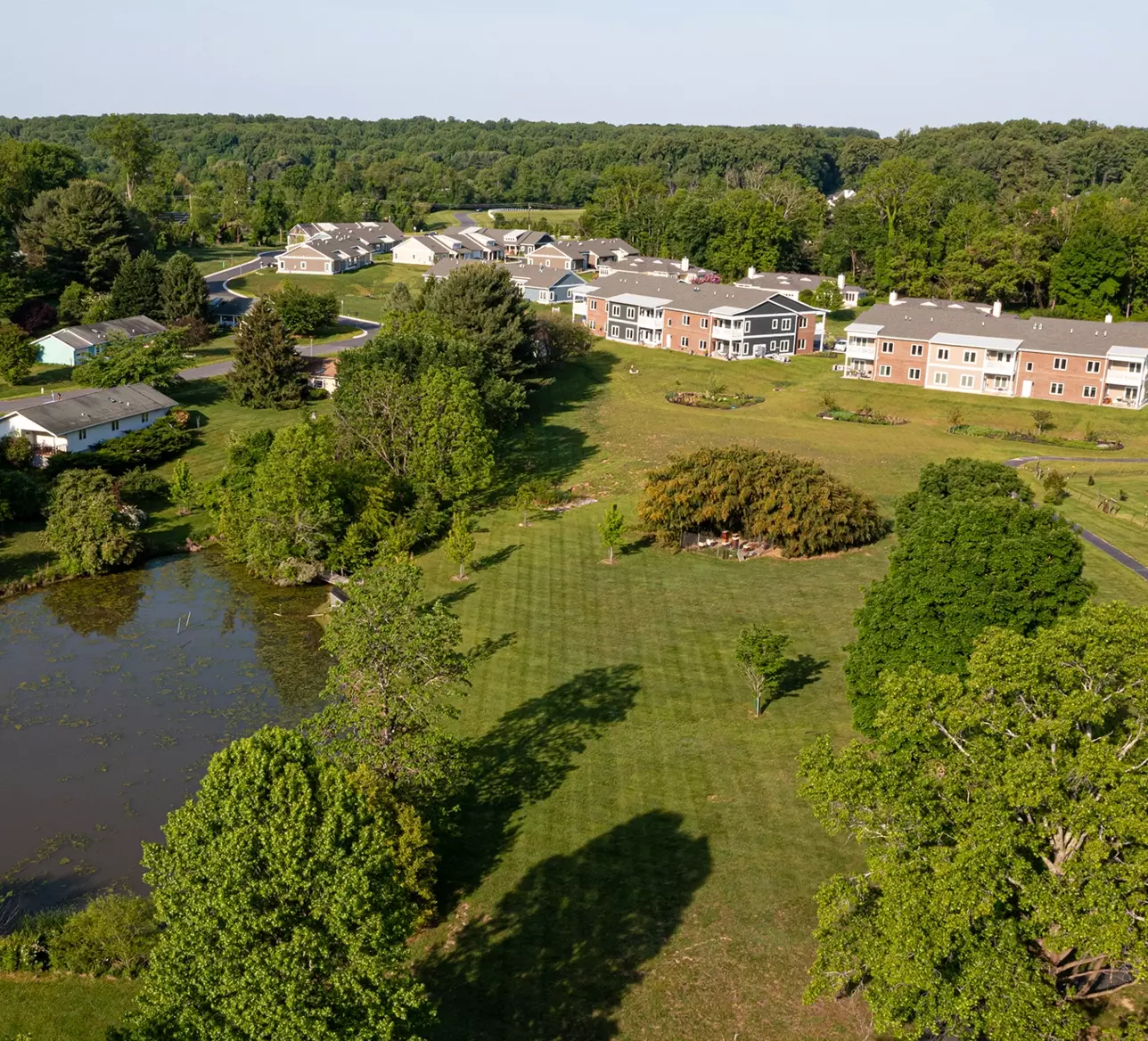
Interested in the Benefits of Each Type of Life Plan Community?
Friends House is a Type-C Life Plan Community – but what does that mean exactly?
Here’s a breakdown of the different types of Life Plan Communities – also known as Continuing Care Retirement Communities or CCRCs – you’ll find on your search for the perfect community for active older adults, whether you’re seeking assistance with activities of daily living (ADLs), the newest methods in dementia care, effective rehabilitation therapies, or dedicated long-term care. Such services are available at any Life Plan Community.
It’s the how that’s important to identify and compare.
How Life Plan Communities Break Down
At Friends House Retirement Community, we like to think of ourselves as your trusted resource for senior living. We can help your loved one make the best, most informed decision for your needs. Life Plan Communities like ours are most beneficial to older adults who can enter as an independent living resident and then utilize higher levels of care (Assisted Living, Skilled Nursing or Rehabilitation) as needed over time.
Life Plan Communities break down into three types of contracts that are based around how high levels of care are covered or paid for: Type-A, Type-B, and Type-C contracts.



